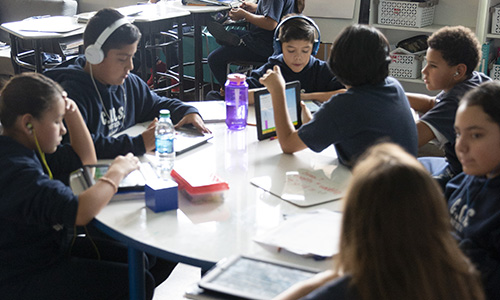Journal article
Bayesian uncertainty estimation for Gaussian graphical models and centrality indices
February 2022
Multivariate Behavioral Research

Abstract
In the network approach to psychopathology, psychological constructs are conceptualized as networks of interacting components (e.g., the symptoms of a disorder). In this network view, interest is on the degree to which symptoms influence each other, both directly and indirectly. These direct and indirect influences are often captured with centrality indices, however, the estimation method often used with these networks, the frequentist graphical LASSO (GLASSO), has difficulty estimating (uncertainty in) these measures. Bayesian estimation might provide a solution, as it is better suited to deal with bias in the sampling distribution of centrality indices. This study therefore compares estimation of symptom networks with Bayesian GLASSO- and Horseshoe priors to estimation using the frequentist GLASSO using extensive simulations. Results showed that the Bayesian GLASSO performed better than the Horseshoe, and that the Bayesian GLASSO outperformed the frequentist GLASSO with respect to bias in edge weights, centrality measures, correlation between estimated and true partial correlations, and specificity. Sensitivity was better for the frequentist GLASSO, but performance of the Bayesian GLASSO is usually close. With respect to uncertainty in the centrality measures, the Bayesian GLASSO shows good coverage for strength and closeness centrality, but uncertainty in betweenness centrality is estimated less well.
See MoreThis article was published outside of NWEA. The full text can be found at the link above.
Topics: Measurement & scaling






